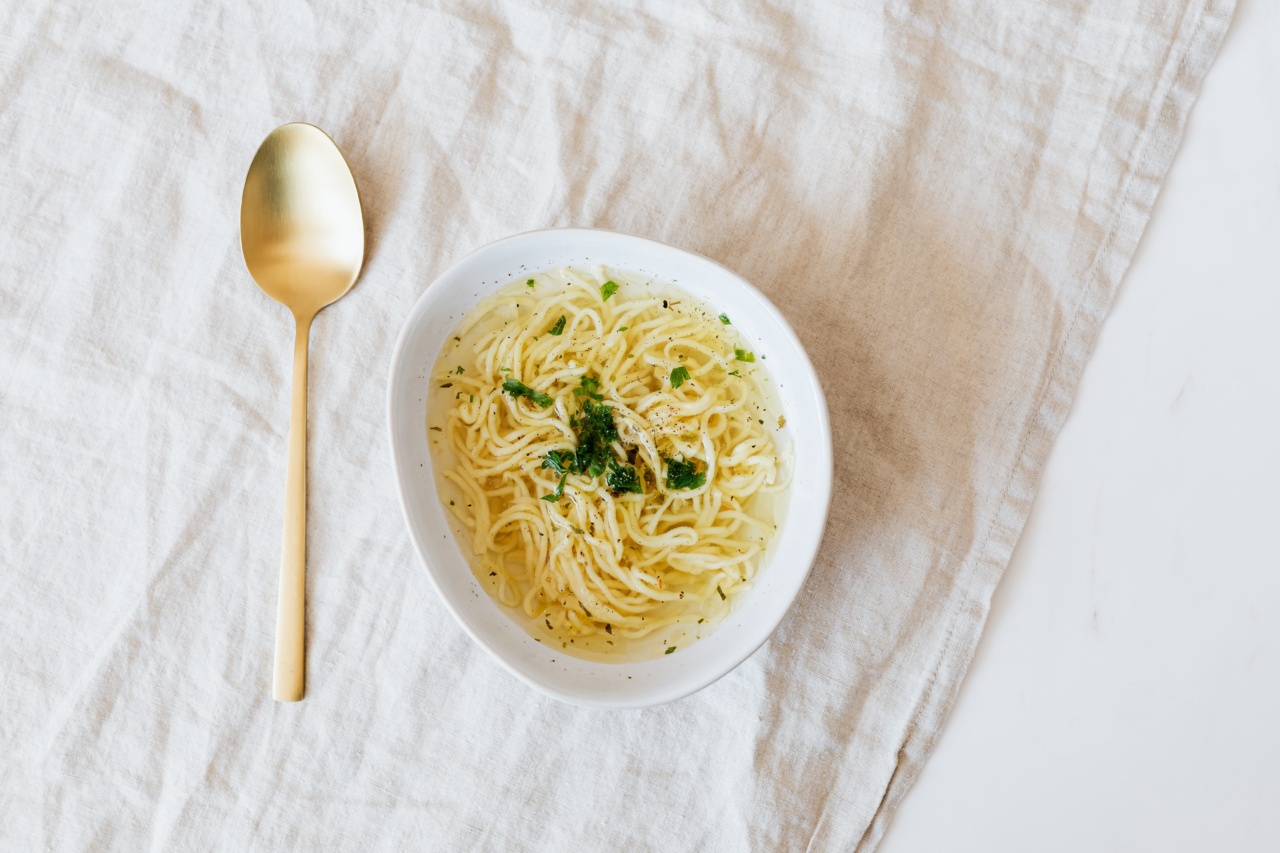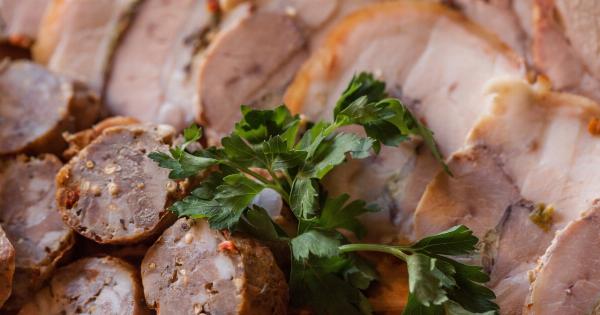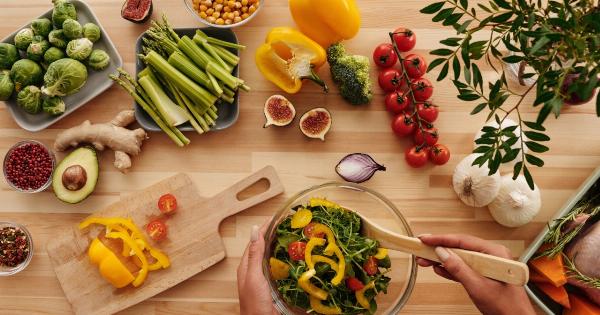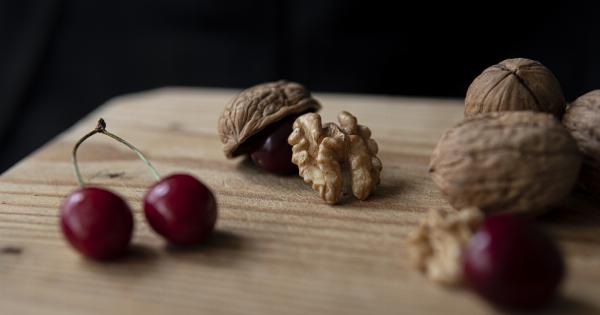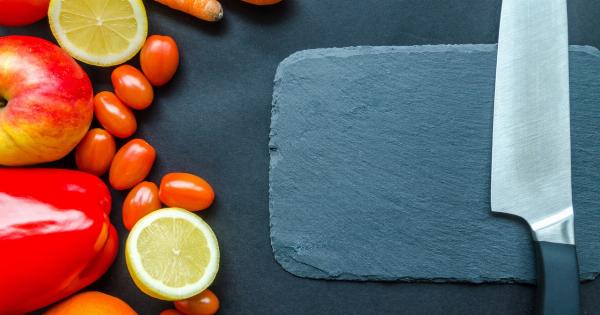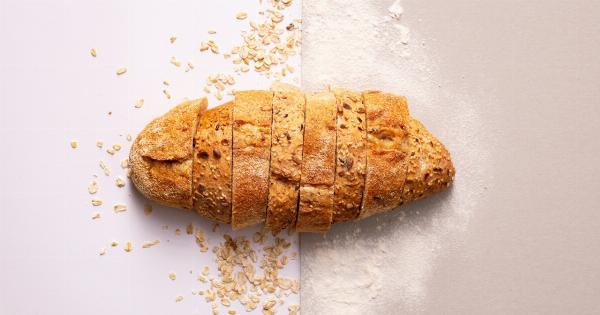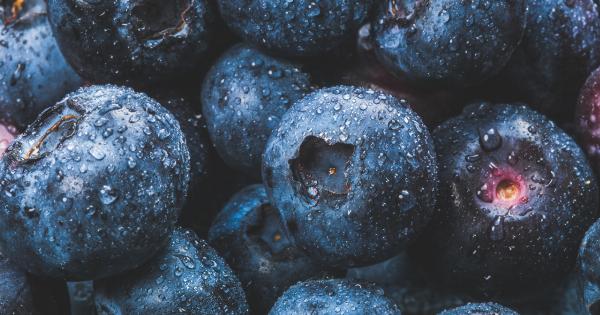When it comes to deciding between spuds (potatoes) or noodles (pasta) for your diet, there are several factors to consider. While both are staples of many cuisines around the world, they differ in nutritional value, benefits, and drawbacks.
In this article, we’ll compare spuds and noodles in detail, so you can make an informed decision based on your health goals, dietary restrictions, and personal preferences.
Nutritional Value
Spuds and noodles have different macronutrient and micronutrient compositions, which affects their nutritional value. Here’s a breakdown:.
Spuds
Potatoes are a good source of complex carbohydrates, dietary fiber, vitamin C, potassium, and vitamin B6. They are also low in fat and sodium, and have no cholesterol.
However, potatoes have a high glycemic index, which means they can rapidly raise blood sugar levels and insulin secretion if consumed in large amounts or with high-fat toppings. This can increase the risk of diabetes, obesity, and cardiovascular disease.
Noodles
Pasta is also a good source of complex carbohydrates, which provide sustained energy and help regulate blood sugar levels. It is also low in fat, sodium, and cholesterol, and can be enriched with vitamins and minerals such as folate, iron, and thiamine.
However, some types of noodles, such as white pasta made from refined flour, have a high glycemic index and low fiber content, which makes them less filling and more prone to overeating. Whole-grain pasta, on the other hand, is a healthier option that contains more fiber, protein, and micronutrients.
Benefits
Spuds and noodles offer several benefits for your health and wellbeing, depending on how you consume them.
Spuds
Potatoes can have the following benefits:.
- Improve digestion: The fiber in potatoes promotes regular bowel movements and prevents constipation.
- Boost immunity: Vitamin C and other antioxidants in potatoes help strengthen the immune system and protect against infections and diseases.
- Regulate blood pressure: Potassium in potatoes can reduce blood pressure and lower the risk of hypertension and stroke.
- Aid weight loss: Potatoes can be a filling and satisfying food when eaten in moderation and without high-fat toppings or dressings.
Noodles
Pasta can have the following benefits:.
- Provide energy: The complex carbohydrates in pasta release energy slowly over time, keeping you full and energized for longer periods.
- Protect heart health: Whole-grain pasta can lower cholesterol levels and prevent heart disease by reducing inflammation and improving blood lipid profiles.
- Improve mood: Tryptophan and other amino acids in pasta can increase serotonin levels in the brain, promoting feelings of happiness and relaxation.
- Cater to dietary restrictions: There are many types of noodles that cater to different dietary needs and preferences, such as gluten-free, vegan, and organic options.
Drawbacks
While spuds and noodles have many benefits, they also have some drawbacks that you should be aware of.
Spuds
Potatoes can have the following drawbacks:.
- Contain toxins: Some potatoes can contain solanine, a toxin that can cause headaches, nausea, and vomiting if consumed in large amounts or undercooked.
- High calorie density: Potatoes can be addictive and lead to weight gain if consumed in large portions or with high-fat toppings such as butter, cheese, or sour cream.
- Restrictive diet: Some diets, such as low-carb or keto, restrict potatoes due to their high carbohydrate content and influence on insulin levels.
Noodles
Pasta can have the following drawbacks:.
- High calorie density: Like potatoes, some types of pasta can be high in calories if consumed in large amounts or with high-fat sauces or toppings.
- Depend on processing: Many types of pasta, especially white pasta, undergo extensive processing that removes valuable nutrients and adds artificial preservatives and flavorings.
- Trigger allergies and sensitivities: Wheat, which is the main ingredient in most types of pasta, can cause allergies and sensitivities in some people, especially those with celiac disease or gluten intolerance.
Conclusion
So, which is better for your diet: spuds or noodles? The answer depends on your individual needs and preferences. If you want a filling and nutritious food that boosts digestion, immunity, and weight management, go for potatoes.
If you want a source of sustained energy, heart protection, and mood enhancement, go for whole-grain pasta. Whatever you choose, remember to consume them in moderation, avoid high-fat toppings and sauces, and opt for healthier preparation methods such as boiling, steaming, or baking.
